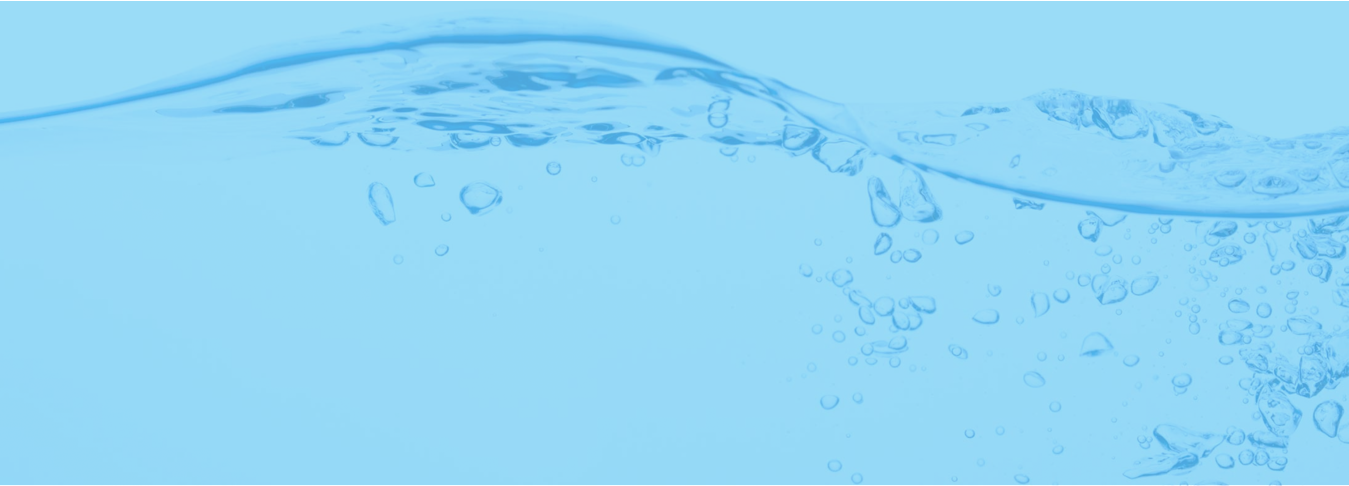Signs of a Hidden Water Leak in Your Bathroom
You may need to poke around to find the not-so-obvious bathroom plumbing leak.
If left untreated, though, a water leak in your bathroom can cost you, especially if it leads to serious water damage to walls, flooring and paint.
Look for these somewhat subtle signs to determine whether you need to hire a plumber to fix those leaking pipes or plumbing fixtures before things get worse.
Mildew or mold
No matter how well and how often you clean your bathroom, mold or mildew can spring up if you have a hidden water leak. Mold thrives on moist, dark areas, and a pipe, which is typically hidden in a wall or under flooring, provides the perfect starting point for mold or mildew if the pipe springs a leak.
While it’s normal for a little mildew to occur wherever water accumulates, such as in the corner of a shower, mold or mildew on nonshower walls or in corners of the bathroom is a clear sign that water is leaking somewhere and finding its way to those areas. A leaking pipe provides plenty of moisture, so the longer it takes you to detect and fix the leak, the easier and faster mold will grow.
Damaged paint or wallpaper
A wall with blistering paint or wallpaper is another sign of bathroom leaks.
In most cases, steam from the occasional hot shower shouldn’t cause paint or wallpaper to come loose. When water and moisture get between the wall and paint, they eliminate the bond and begin to separate the two, causing the paint to rise from the wall and fall off in pieces. The same goes for wallpaper: The adhesive used to bond the paper to the wall becomes less sticky and the paper begins to come loose.
Damaged walls
A wall that is warped or stained for no reason is a clear sign that you have a plumbing leak in your bathroom.
When drywall is exposed to moisture, it becomes soft and begins to bubble, ultimately warping and breaking into pieces. If the leak reaches the ceiling, it causes it to sag and possibly leak some of the water that has accumulated.
To fix the leak, a plumber often must tear out the drywall, requiring someone to patch and paint when the plumber is finished.
Damaged flooring
Unless you purposely let water sit on it, a bathroom floor rarely suffers water damage unless there is a leak. If your bathroom floor is buckling, cracking or beginning to stain for no obvious reason, chances are hidden water is the culprit. The water could be from a pipe directly underneath the floor, or it could have traveled there from another area.
Depending on the type of flooring in your bathroom, moisture can make it feel spongy or soft. Tile may lose its adhesion and become loose, allowing you to easily remove a piece and possibly expose water or moisture underneath it. You will also often find a damp subfloor.
Stains on ceilings
If you have a bathroom on a second floor, you might spot a leak in the ceiling under bathroom. Check the patch of ceiling in the room directly beneath the bathroom for stains and signs of water damage. However, because water can travel a long distance, it’s possible to find water stains on the ceiling farther away.
An occasional wet floor in a second-story bathroom won’t cause enough seepage to damage anything underneath it. Any brown, copper or dark stain on the ceiling is a sign of a pernicious water leak in the ceiling. A sagging ceiling is a sign that water from a leak is reaching the area.
Smell from old, accumulated water
Old, accumulated water from a leaky pipe tends to smell.
If, after thoroughly cleaning your bathroom, you still notice a musty or earthy smell, it’s likely that you have hidden leaks. Because the water is hidden, it never has a chance to dry. If you think you have a bathroom leak, give Silverado Rooter & Plumbing a call at (520) 696-0000.
